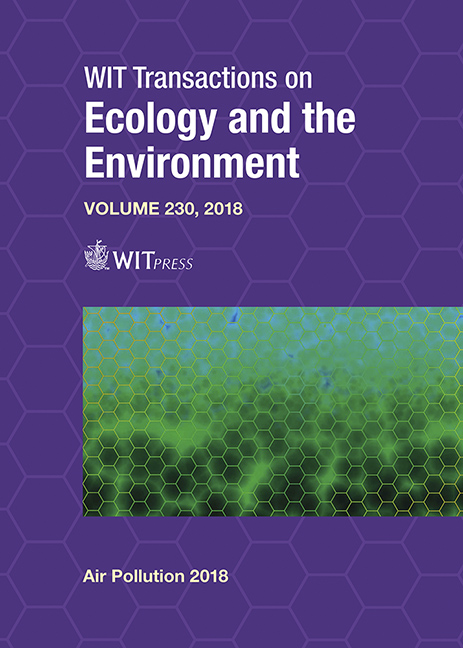LIMITATIONS OF DRY FLUE GAS TREATMENT BY SODIUM BICARBONATE: THE INFLUENCE OF FLUE GAS COMPOSITION
Price
Free (open access)
Transaction
Volume
230
Pages
7
Page Range
589 - 595
Published
2018
Paper DOI
10.2495/AIR180551
Copyright
WIT Press
Author(s)
BOLESLAV ZACH, MICHAEL POHOŘELÝ, MICHAL ŠYC, KAREL SVOBODA, ŠÁRKA VÁCLAVKOVÁ, JAROSLAV MOŠKO, JIŘÍ BRYNDA, MIROSLAV PUNČOCHÁŘ
Abstract
Waste to energy is nowadays in many countries preferred to landfilling. In areas with low population density, small-scale waste to energy plants can help to avoid large collection areas. However, in small scale, flue gas treatment is very expensive and, therefore, has to be for these purposes simplified. One of the possibilities for flue gas treatment simplification is the use of one reactor for removal of multiple pollutants. In an extreme case, it is possible to realise the removal of solid particles, acidic gases, selective catalytic reduction of NOx, and catalytic oxidation of polychlorinated dibenzodioxins and furans. In case of suitable flue gas composition and suitable catalyst, it is possible to lower the operation temperature below 180°C, which could allow the use of activated carbon for mercury capture. However, finding the optimal conditions is a big challenge as they depend on flue gas composition, desired concentrations of pollutants in flue gas after cleaning, and used agents. These conditions can be, therefore, very different according to specific application. To be able to find good compromise conditions, the understanding of the influence of individual operation parameters on all considered processes is necessary. The experimental activity, conducted with real flue gas, was focused on dry sorption of acidic gases with emphasis on the possibility to use simultaneously other cleaning processes. The sorption was realised by sodium bicarbonate and sorbent particles were captured on ceramic filters forming a filter cake containing the sorbent. Different flue gas compositions, temperatures, and sorbent excesses were used. The flue gas composition was measured online and manually taken samples (absorption solutions) were analysed by ion chromatography. Particle size distribution was analysed by laser diffraction. The acquired data was used to assess the limits of simultaneous removal of various pollutants from flue gas in relation to flue gas composition.
Keywords
dry flue gas treatment, flue gas composition, sodium bicarbonate, waste-to-energy, dry sorption





